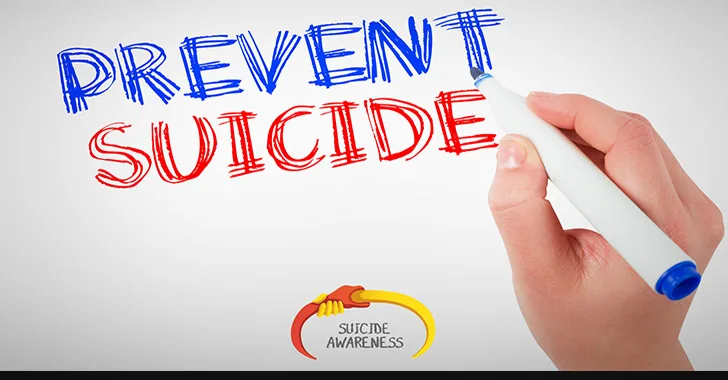Reading time 5
National Suicide Prevention Month
September is National Suicide Prevention Month and the life you save could be your own. Suicide is a public health problem, with rates increasing by approximately 36% between 2000-2021.
Just the facts on Suicide:
- Suicide is a leading cause of death for all age groups.
Adults ages 85 and older have the highest suicide rates. - 2nd leading cause among ages 10-14 and 25-34.
- 8th leading cause among ages 35-64 and accounts for 46.8% of all suicides.
- Suicide rates are higher among veterans – 57.3% greater than the non-veteran adult population.
Suicide rates among males in 2021 were four times higher than females – nearly 80 % of all suicides. - In 2021, suicide rates were highest among non-Hispanic American Indian and Alaska Native people and non-Hispanic white people.
- Suicide rate and suicidal tendencies among transgender persons are considerably high compared to the general population.
- In 2016, the National Transgender Discrimination Survey found that 41 percent of 6,450 respondents said they had previously attempted suicide. By comparison, the CDC found that in 2020, 0.36 percent of the population had attempted suicide.
- According to a 2022 survey by The Trevor Project, an LGBTQ+ suicide prevention organization, nearly 1 in 5 young people who identified as transgender or non-binary have attempted suicide.
Known factors that increase an individual’s risk of suicide include:
Individual factors
- Has attempted suicide in the past.
- Has a mental health condition, such as depression and mood disorders, schizophrenia, and anxiety disorders.
- Has long-term pain or a disabling or terminal illness.
Expresses feelings of hopelessness. - Has money or legal problems.
- Has violent or impulsive behavior.
- Has alcohol or other substance abuse problems.
- Has easy access to self-harm methods, such as firearms or medications.
Relationship factors
- Has a history of physical, emotional, or sexual abuse; neglect, or bullying.
- Has lost relationships through break-up, divorce, or death.
- Has a family history of death by suicide.
Is socially isolated; lacks support.
Community, cultural, and societal factors
- Is ashamed to ask for help, especially help for mental health conditions.
- Lacks access to healthcare services, especially mental health and substance abuse treatment.
- Holds cultural or religious belief that suicide is a noble option for resolving a personal dilemma.
- Has become aware of an increased number of local suicides or an increase in media coverage of deaths by suicide.
What are some of the most common suicide warning signs?
Some of the more common warning signs that a person may be thinking of ending their life include:
- Being sad or moody: The person has long-lasting sadness and mood swings. Depression is a major risk factor for suicide.
- Sudden calmness: The person suddenly becomes calm after a period of depression or moodiness.
- Withdrawing from others: The person chooses to be alone and avoids friends or social activities. They also lose interest or pleasure in activities they previously enjoyed.
- Changes in personality, appearance, and sleep pattern: The person’s attitude or behavior changes, such as speaking or moving with unusual speed or slowness. Also, they suddenly become less concerned about their personal appearance. They sleep much more or much less than typical for that person.
- Showing dangerous or self-harmful behavior: The person engages in potentially dangerous behavior, such as driving recklessly, having unsafe sex, or increasing their use of drugs and/or alcohol.
- Experiencing recent trauma or life crisis: Examples of crises include the death of a loved one or pet, divorce or break-up of a relationship, diagnosis of a major illness, loss of a job, or serious financial problems.
Being in a state of deep despair: The person talks about feeling hopeless, having no reason to live, being a burden to others, feeling trapped, or being in severe emotional pain. - Making preparations: The person begins to put their personal business in order. This might include visiting friends and family members, giving away personal possessions, making a will, and cleaning up their room or home. Often the person will search online for ways to die or buy a gun. Some people will write a note before attempting suicide.
- Threatening suicide or talking about wanting to die: Not everyone who is considering suicide will say so, and not everyone who threatens suicide will follow through with it. However, every threat of suicide should be taken seriously.
National 24/7 Resources:
Military OneSource: 1-800-342-9647
National Suicide and Crisis Line: 988
Veterans’ Military Crisis Line: 988, Press 1
DoD Safe Helpline: 877-995-5247
Resources:
https://www.newsweek.com/fact-
https://my.clevelandclinic.
https://988lifeline.org/



